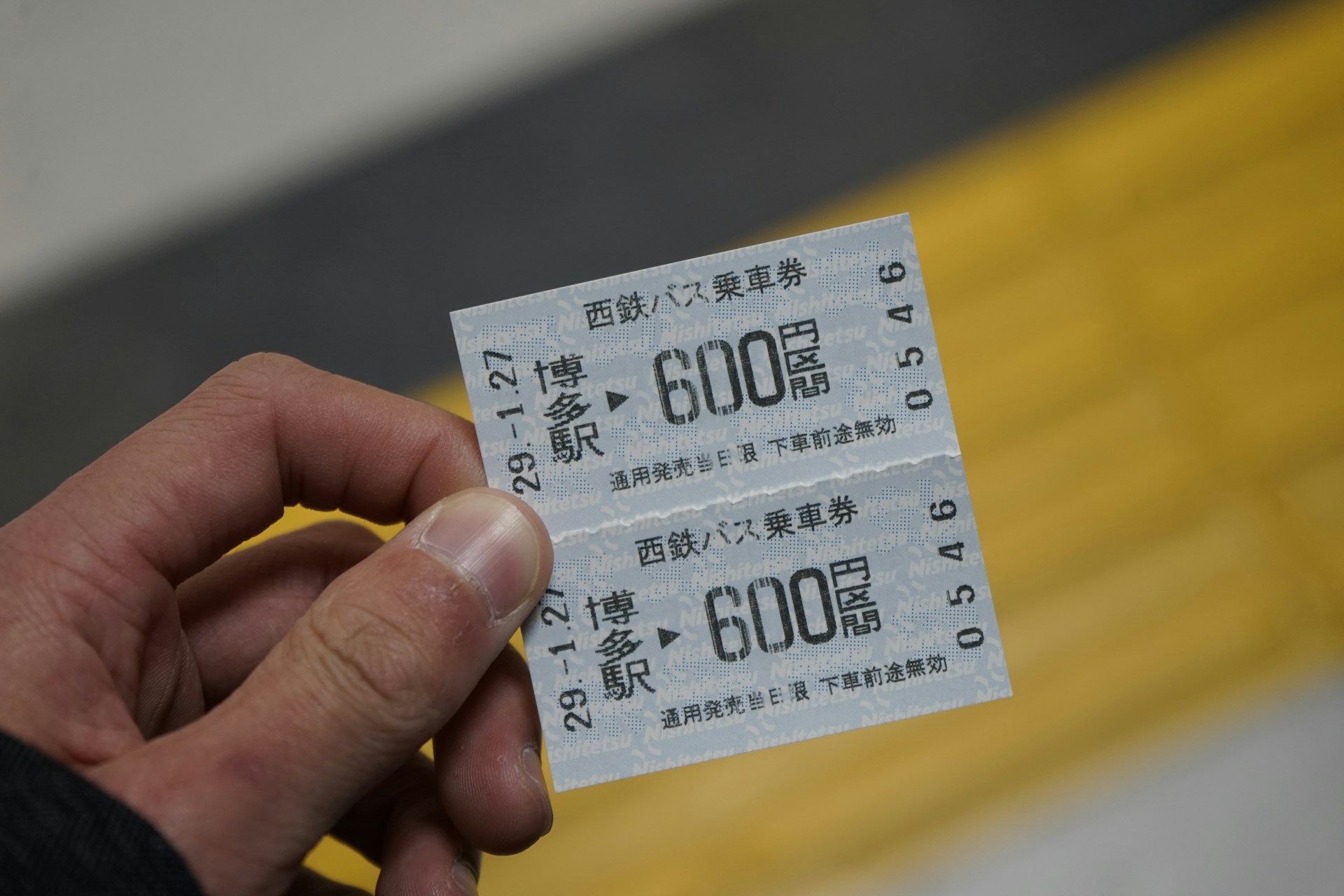 Running events has always been about balancing costs against revenue, but ticketing fees have become one of those expenses that can quietly destroy your margins. The difference between a profitable show and one that barely breaks even often comes down to how much of each ticket sale actually makes it to your bank account.
Running events has always been about balancing costs against revenue, but ticketing fees have become one of those expenses that can quietly destroy your margins. The difference between a profitable show and one that barely breaks even often comes down to how much of each ticket sale actually makes it to your bank account.
Most event organizers focus on the big numbers, like how many tickets they sold or what the gross revenue looked like. But here’s where it gets tricky. A sold-out show that grossed $50,000 in ticket sales might only net you $42,000 after fees, or it might net you $47,000. That $5,000 difference isn’t pocket change when you’re trying to pay performers, cover venue costs, and hopefully make some profit.
The Fee Structure That Nobody Explains Properly
Ticketing platforms make money in a few different ways, and understanding these models matters more than most people realize. Some charge the organizer a flat percentage per ticket. Others pass fees onto the buyer. Then there are platforms that do both, which is where things get expensive fast.
The traditional model works like this: the platform takes 3-5% from you as the organizer, then adds another 10-15% in fees that the customer pays. So on a $50 ticket, you might lose $2.50 in organizer fees while your customer pays an extra $7.50 in service charges. Your buyer just paid $57.50 for a $50 ticket, and you only received $47.50. That’s a 15% cut of the actual ticket price just for processing the sale.
Payment processing adds another layer. Credit card companies want their share too, usually around 2.9% plus 30 cents per transaction. These costs are real and someone has to pay them, but the question is whether you’re paying processing fees on top of platform fees, or if they’re included.
Where the Money Actually Goes
Breaking down a typical ticket sale shows why this matters so much. Take that $50 ticket again. With a high-fee platform, the math looks something like this: $7.50 goes to service fees, $1.50 to payment processing, $2.50 to the platform’s organizer fee. You’re left with $38.50 from a $50 ticket. Sell 500 tickets and you’ve just given up $5,750 in various fees.
The problem gets worse with smaller ticket prices. When you’re selling $20 tickets to a local comedy show, those fixed payment processing fees of 30 cents per transaction take a bigger bite. The percentage fees don’t change, but that flat fee becomes 1.5% of a $20 ticket versus 0.6% of a $50 ticket.
This is why some organizers have started looking at how an online ticketing system structures its fees before committing to a platform. The difference between transparent pricing and hidden costs adds up fast when you’re running multiple events throughout the year.
Why More Fees Don’t Mean Better Service
The assumption used to be that higher fees bought you better features or customer support. In practice, that’s not always true anymore. Some of the most expensive platforms still have clunky interfaces that confuse buyers. Others charge premium rates but offer the same basic email support as cheaper alternatives.
What actually matters for making ticketing profitable is how smoothly the purchase process works. A confusing checkout flow costs you money in abandoned carts. Mobile buyers who can’t easily complete a purchase on their phones represent lost sales. Slow loading times during on-sale moments mean frustrated customers who give up and don’t come back.
The conversion rate between someone clicking to buy tickets and actually completing the purchase varies wildly between platforms. A system with a 75% conversion rate versus one with a 90% conversion rate makes a huge difference. If 1,000 people try to buy tickets, that’s 150 lost sales versus just 100. At $50 per ticket, you’ve potentially lost $2,500 in revenue because of a bad checkout experience.
The Real Cost of Customer Service Issues
Here’s something most organizers don’t think about until it bites them: customer service problems become your problems. When someone can’t access their ticket, can’t figure out how to transfer it to a friend, or needs a refund, they contact you. Even if the ticketing platform technically handles support, you’re still the face of the event.
Platforms that make simple tasks complicated generate more support requests. Every email you have to send explaining how someone can print their ticket or change their email address is time you’re not spending on making your event better. Some organizers end up spending hours each week dealing with ticketing questions that wouldn’t exist with a more intuitive system.
The cost here isn’t always monetary, but it is real. Time spent on customer service is time not spent on marketing, booking better talent, or planning your next event. For smaller organizers running events as a side project, this time cost can be the thing that makes the whole operation feel unsustainable.
What Smart Organizers Look For Now
The organizers who consistently run profitable events have figured out a few key things about ticketing. First, they calculate the all-in cost per ticket, not just the advertised rate. A platform claiming low fees that then adds on charges for things like SMS notifications, custom event pages, or access to attendee data ends up being more expensive than one with higher upfront fees but no surprises.
Second, they think about the customer experience as part of the cost equation. Platforms that let buyers easily transfer tickets, access them from their phone without downloading an app, and get clear confirmation emails reduce support headaches. Features like these don’t always show up on a features comparison chart, but they matter for repeat business.
Third, they consider how long it takes to get paid. Some platforms hold funds for weeks after an event. Others pay out immediately or on a set schedule. When you’re fronting money for deposits and expenses, cash flow timing affects whether you can afford to run your next event without taking on debt or dipping into personal savings.
The Transparency Factor
One trend that’s becoming more important is transparent pricing. Organizers are tired of platforms that hide their full fee structure until you’re deep into setting up an event. The ones making smart decisions now look for systems that show exactly what everything costs upfront, including any optional add-ons.
This transparency extends to what customers see too. Some platforms let organizers choose whether to pass fees to buyers or absorb them. Others give you control over what the checkout page looks like and how fees are displayed. These options matter because how you handle ticketing affects your brand and whether people see your events as affordable or overpriced.
Making It Work for Different Event Types
The math changes depending on what kind of events you run. A one-time festival with 5,000 attendees has different needs than a venue running weekly shows. Festival organizers might negotiate custom rates and need complex features like camping add-ons or VIP tiers. Weekly show promoters need something fast and simple that doesn’t require rebuilding an event page every time.
Small recurring events often benefit most from low fixed costs rather than percentage-based fees. When you’re selling 100 tickets at $15 each, saving even 2% per ticket means an extra $30 in your pocket per show. Run 50 shows a year and that’s $1,500, which might cover your entire marketing budget.
Larger one-off events need to think more about features and scalability. Can the system handle 1,000 people trying to buy tickets at once without crashing? Does it offer reserved seating options if your venue requires them? Can you set up discount codes or early bird pricing without paying extra for those features?
The Bottom Line on Profitable Ticketing
Making money on events in 2025 means understanding that every percentage point in fees matters. It means choosing systems based on total cost, not just the advertised rate. And it means recognizing that a good ticketing experience helps you sell more tickets in the first place, not just process the sales you would have gotten anyway.
The platforms that help organizers stay profitable are the ones that keep their fee structure simple, provide genuinely useful features without charging extra for basics, and make the buying process smooth enough that you don’t lose sales to cart abandonment. Everything else is just noise that distracts from what actually matters: keeping as much of your ticket revenue as possible so you can afford to put on better events.

